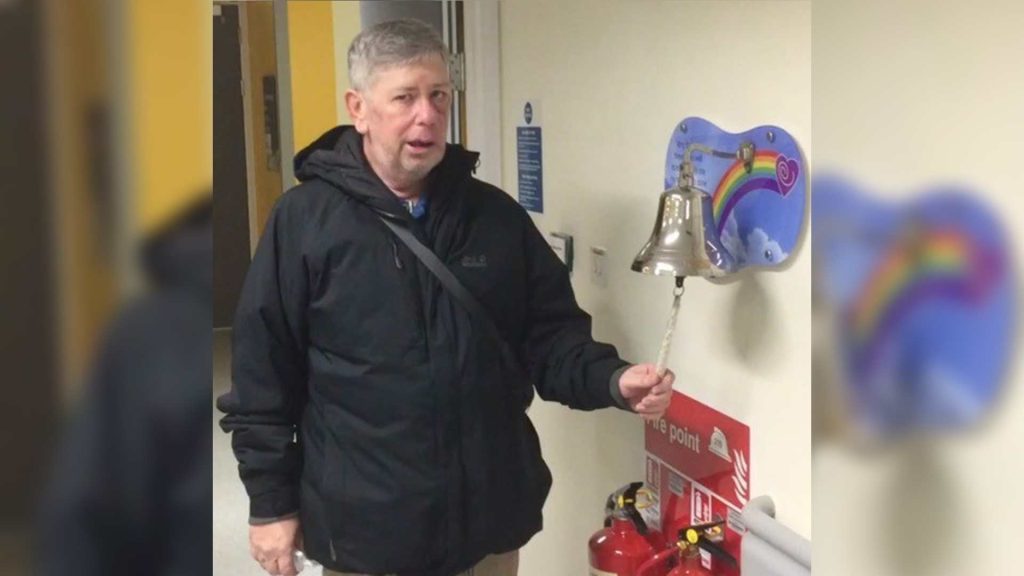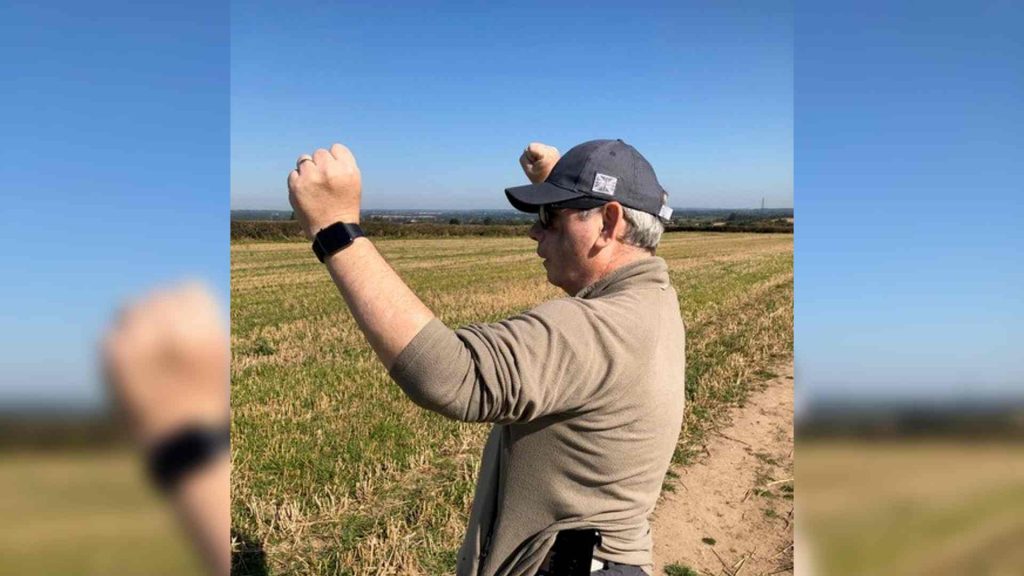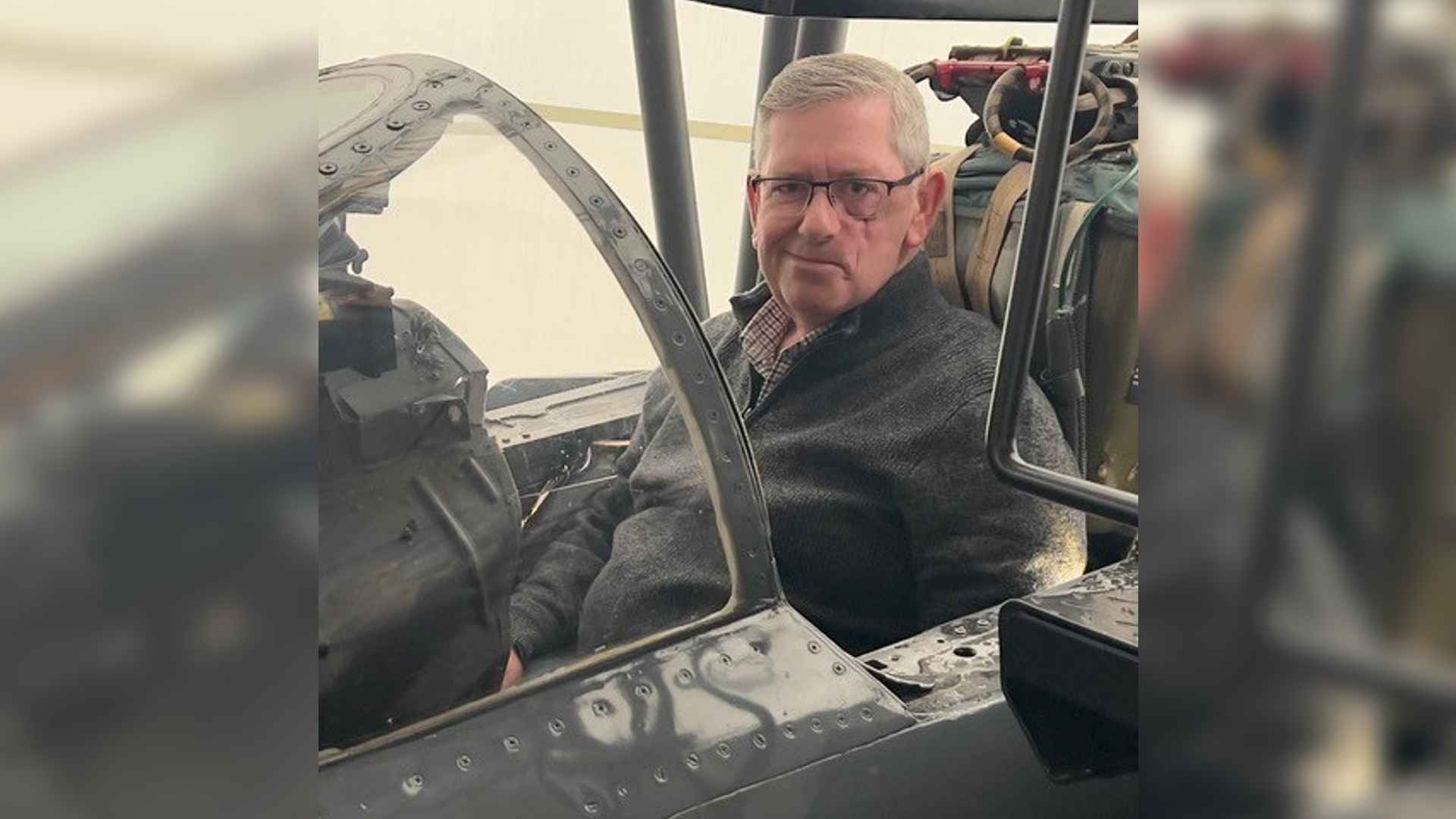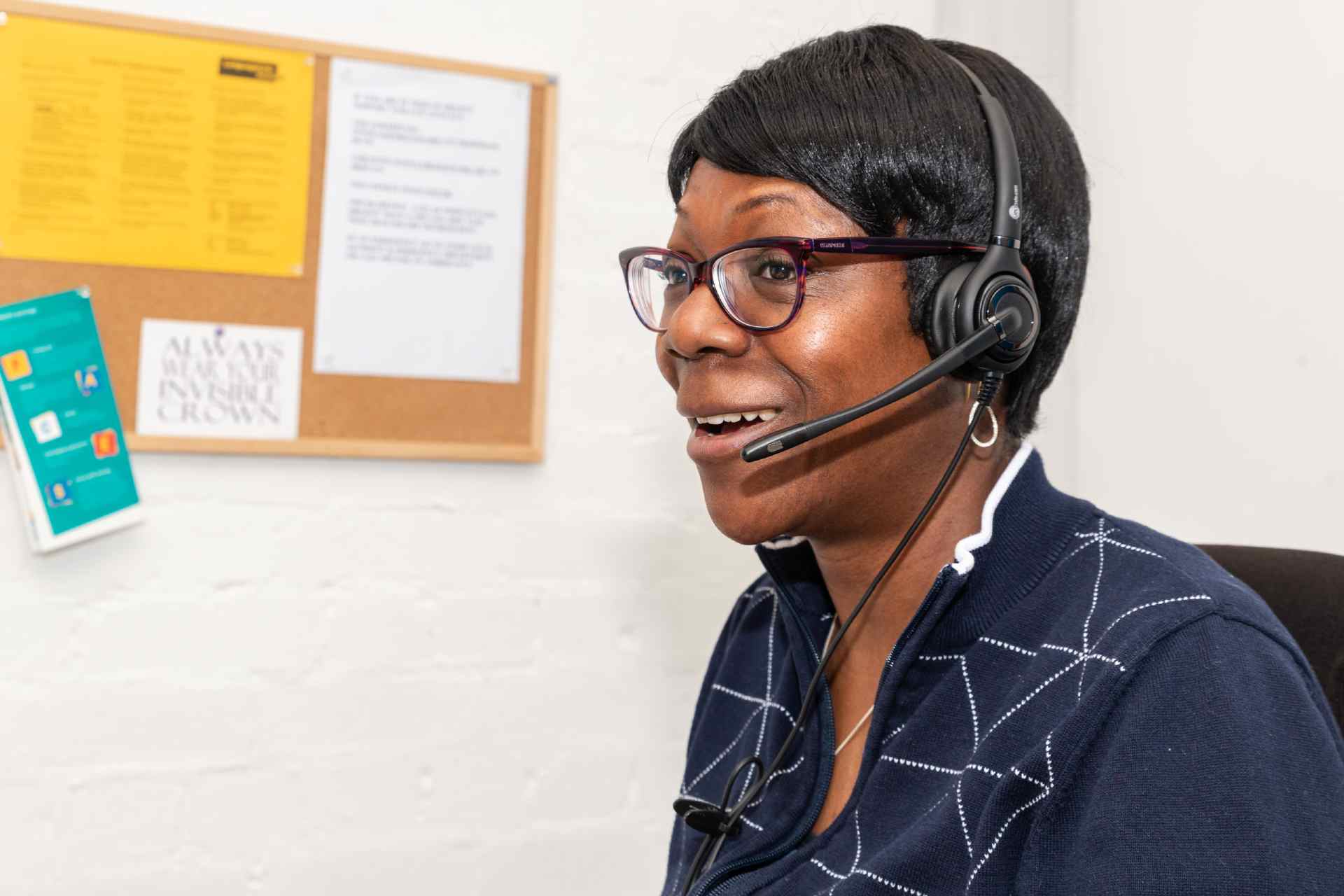Hello everyone, my name is Gary and I live in a small village in South Derbyshire. I have been very happily married for nearly 35-years, and I have two sons and a fantastic grandson, who keeps me extremely busy.
I served for 16 years in the British Army and had a management career in the automotive production industry for 28 years. The experiences and skills I had acquired in these two roles would prepare me for the biggest challenge of my life. The diagnosis of cancer.
It was June 2019, when I had a toothache and facial swelling that would not go away. Despite dental intervention, the symptoms persisted. After a couple of scans and biopsies at the hospital Head & Neck department, I was told the devastating news that I had developed a cancerous tumour in my right upper jaw. I needed to have an urgent operation to remove this if I was going to have any chance of survival.
I still have difficulty visualising the moment of diagnosis. It felt like it didn’t happen, or maybe I didn’t want to believe what I was being told. Either way, the news was very difficult to take, and even harder to tell my family. I knew I had to be brave and get them and myself through the first stages of this journey.
The person who I thought I knew in the mirror wasn’t there anymore.
The plan for the operation was to remove the tumour and my jaw and replace it with the fibula bone from my left lower leg. I was assured that I would have no long-term mobility issues with this bone removed. Once the bone had been removed, they would use it to reshape a replacement jaw. The operation was a success, in terms of removing the cancer, but the reconstruction part using the fibula bone failed. Apparently, they could not get a sufficient blood supply to the bone and 24 hours later, they had to remove it. This left me with a void where the jaw had been removed and a removable plastic insert was there in place.
I still remember having a sense of relief that the cancer part had been successful, what I wasn’t prepared for was the journey I was about to take. My consultant informed me that I needed to have a six-week course of radiotherapy, to ensure that no stray cancer cells were left behind. The treatment was successful, and the euphoria I felt at this was overwhelming. Even now, reliving that moment makes me well up with tears of happiness. However, I did not fully understand what the long-term result would be.

Getting the all clear was the first step in Gary’s recovery journey
Although I had won this battle, the war still needed to be fought. In the words of my consultant “radiotherapy had given me a right good kicking”. It left me with the challenge of learning to eat, drink and speak again. Big enough challenges on their own. But the biggest challenge was how my face had changed as a result of the failed part of the operation and the effects of the radiotherapy. My left eyelid started to droop, and a hole had developed where the treatment had been targeted. The person who I thought I knew in the mirror wasn’t there anymore.
This had a detrimental effect on my mental health. I would not go out as I thought that people would look at me, be unkind to me or stare at me. Eventually I was diagnosed with PTSD as a result of what had happened. I remember lying in bed one morning, my wife had gone out to help my son with a job, I opened my eyes and was disappointed that I had survived the night. I did not have the life spark to get out of bed. Then I heard a voice in my head, and it said, “right, listen to me, get up and get out of bed now!” The voice was shouting at me like a Sergeant Major on a parade square. So, I sat up. This was the start of my long journey to recovery.
I was convinced that my wife was going to leave me. Why would she stay with someone who looked like me now? How wrong I was. She was instrumental, along with my close family, in restoring the loving feeling. They convinced me that although the shell had changed, the person inside was the same. She said she looked into my eyes and saw the same person she married some 35 years ago. It made me feel like I was Gary again.
Life is about challenges, so challenge yourself. Allow yourself to be seen.
I was also lucky enough to have the most flexible and supportive workplace. They supported me with medical costs to get me back on my feet through counselling and physio appointments. It was then I decided that I needed to get back to the work site and start to interact with my team. They thought it was too early for me to come back, but eventually I got my way. Getting out into a different environment and mixing with people I knew, outside of my family, helped me considerably. My colleagues were so supportive and this steadily gave me my confidence back.
Two years later I had the opportunity to take early retirement, something I decided to do. I understood from my diagnosis that life is not guaranteed, and you never know what’s around the corner. Live life now, not tomorrow, as tomorrow might never come.
People were still looking at me, you know when they are, as they look at you for a longer time than you would call normal. This used to bother me, it used to make me get up from where I was and leave. It continued to affect my mental health. Eventually you get a bit fed up with it and mentally you begin to fight back. So, when I saw these stares, I would look back at them and smile. Instantly you are in control, and you can see the embarrassment on their face. The more and more I did this the more and more my confidence grew and my visits to other public places began to increase.

Getting out and about was a big achievement for Gary
However, I wanted to challenge myself more. I had to begin living a normal life and I needed to vocally engage with people. I therefore decided to volunteer to teach remembrance to school children at the national Memorial Arboretum close to where I live. I take the children around and explain about the various memorials and the stories behind them. This is a very important activity for me, as it allows me to explain what happened to me and why I have a visible difference when the children ask questions, as well as teaching the importance of remembrance, something that is close to my heart from my military career. It’s given me my life back.
Then I was inspired to become a campaigner for Changing Faces. I remember seeing a young lady, who had a visible difference, being interviewed on TV. She was taking part in the London Marathon and raising money for the charity. I remember thinking to myself how brave she was to speak on national TV. I had nothing but admiration for the courage she was demonstrating. My subconscious then kicked in and said, “if she can stand there and be that brave, so can I”. I instantly went on the charity website and completed the form to become a campaigner. Once I was accepted, I very quickly realised that what I had experienced over the last couple of years, other campaigners had experienced for their whole lives. I felt humbled that I had been allowed to join this group of very courageous people and I am extremely proud to say that I am a campaigner standing alongside them. This experience has helped me along my journey.
Now you know my story, so, what advice would I give to someone who finds themselves in the same position:
- Get help early, you are not alone. Changing Faces is here for you.
- Get out there, people will look, but everyone “people watches”. Smile back at them and you will have ultimate control.
- Report nasty comments and hostile behaviour to the Police. It’s abuse and it should not be tolerated.
- Life is about challenges, so challenge yourself. Just because I look different to how I was four years ago, I am still the same Gary inside. Allow yourself to be seen.

